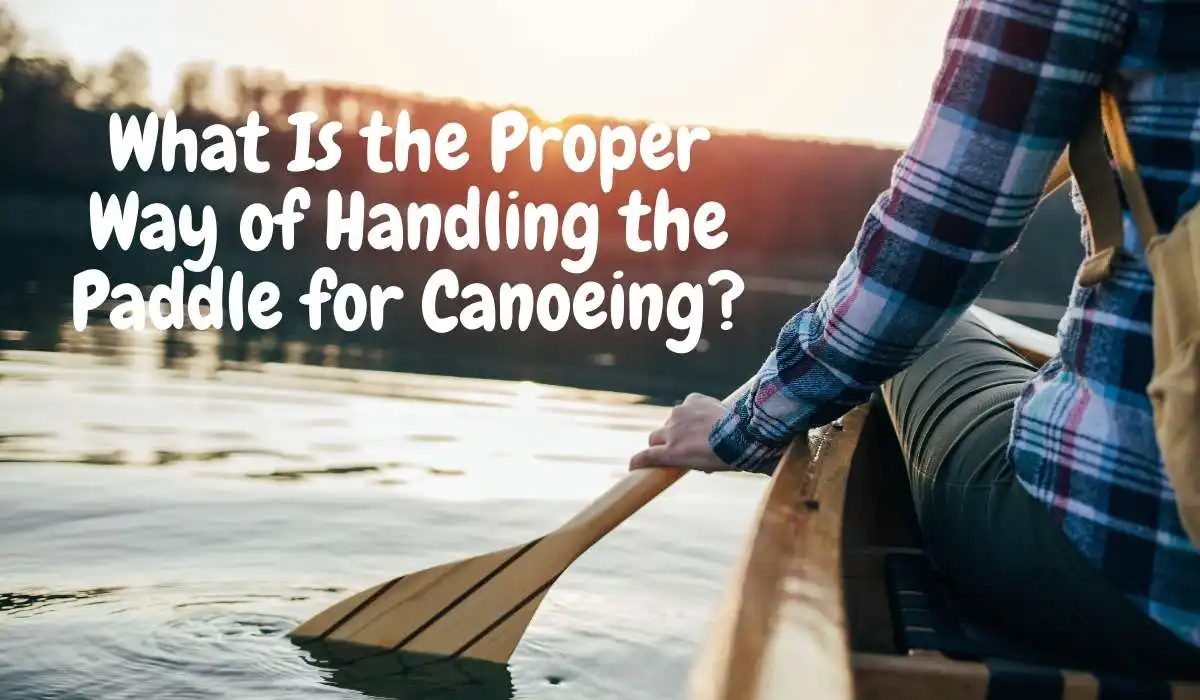Guarantee one hand on top, the other down a bit. Keep blade facing right way, align knuckles for grip. Dive blade fully, angle it slightly forward. Place arms apart on shaft, align body perpendicular. Bend elbows, engage core, grip paddle lightly. Focus on total blade submersion, right paddle height. Perfect catch technique for max power. Practice consistently for efficient control. Master these techniques to excel in canoeing!
Key Takeaways
- Maintain one hand on top and the other a few feet down for control and power.
- Ensure proper blade submersion with a slight forward angle for efficiency.
- Place arms shoulder-width apart, align body perpendicular, and engage core muscles.
- Focus on fully submerging the blade, placing it at the right height for maximum power.
- Consistent practice is crucial for muscle memory and mastering paddle control.
Proper Grip Techniques
Mastering the proper grip techniques for handling a canoe paddle is important for a smooth and efficient paddling experience. When gripping the canoe paddle, make sure one hand is positioned on top of the paddle while the other hand rests a few feet down.
It’s essential to maintain the correct hand position to optimize control and power during your paddling strokes. Keep the paddle blade facing the right direction, with the concave part towards you, and align your knuckles with the blade for a solid grip.
Holding the paddle about 30cm away from your body allows for comfortable paddling while preventing fatigue.
Blade Submersion and Angle
To maximize your canoe paddling performance, make sure that the blade of your paddle is fully submerged in the water to enhance power and efficiency. Maintaining a slight forward angle on the paddle blade is crucial as it helps generate forward propulsion while reducing drag. Proper blade submersion and angle significantly impact the effectiveness of each stroke you take. Adjusting the blade angle according to your height and paddling style is key to achieving optimal performance on the water. Engage in drills that focus on perfecting the blade submersion and angle to enhance your overall canoeing technique.
| Blade Submersion | Blade Angle |
|---|---|
| Fully submerged | Slight forward |
| Enhances power and efficiency | Generates propulsion |
| Reduces drag | Improves stroke effectiveness |
Arm Placement and Body Alignment
How should you position your arms and align your body for peak control and efficiency while canoeing? To start, place your arms shoulder-width apart on the paddle shaft. This spacing provides balanced control and power as you maneuver through the water.
When paddling, align your body perpendicular to the boat. This alignment reduces resistance, enhancing your efficiency on the water. Remember to keep your elbows slightly bent and close to your body. This position engages your core muscles, offering stability and preventing strain during your canoeing adventures.
Maintaining a relaxed grip on the paddle is essential. By doing so, you minimize fatigue and enable smooth, fluid movements. Adjust your arm placement and body alignment as needed to accommodate different paddling techniques.
Whether you’re cruising leisurely or powering through rapids, proper arm placement and body alignment are key to enhancing your canoeing experience. So, engage your core, relax your grip, and paddle on with confidence and efficiency.
Catch Technique for Maximum Power
For the best power and efficiency in canoeing, mastering the catch technique is essential. The catch marks the beginning of your paddling stroke and plays a pivotal role in propelling your canoe forward effectively.
To execute the catch correctly, focus on fully submerging the paddle blade in the water without creating air pockets. It’s important to use your arms to place the paddle in the water at the best height based on your stature. During the catch phase, make sure that the entire paddle remains submerged in the water to maximize propulsion and minimize energy loss.
Developing a habit of setting the paddle correctly during this phase can greatly enhance your overall paddling performance. By perfecting your catch technique, you can harness the power of the water to propel your canoe efficiently, making each stroke count towards reaching your destination swiftly.
Practice and refine your catch technique to experience the thrill of gliding through the water with maximum power.
Consistent Practice for Performance
Engage in regular and dedicated practice sessions to refine your paddle handling skills for peak performance in canoeing. Essential practice is key to improving your paddle handling skills and overall performance on the water. By practicing regularly, you develop muscle memory that allows for more efficient paddle control. Focus on maintaining the proper grip and technique during each practice session to enhance your skills.
Repetition of paddle movements is vital for mastering the art of handling the paddle effectively. The more you practice, the more confident and proficient you’ll become in canoeing. Dedicate yourself to consistent practice to see significant improvements in your performance. Remember that practice not only hones your skills but also boosts your confidence on the water.
Incorporate consistent practice into your routine to build a strong foundation for your canoeing skills. With dedication and repetition, you can enhance your paddle handling abilities and become a more skilled canoeist.

